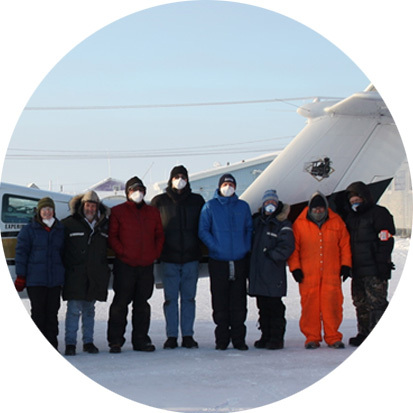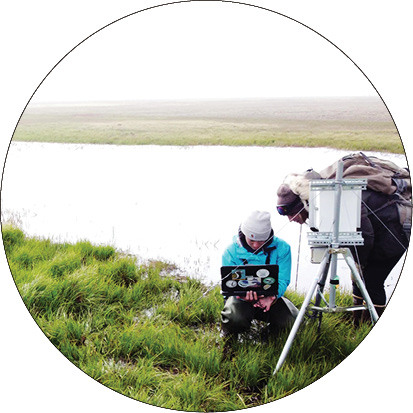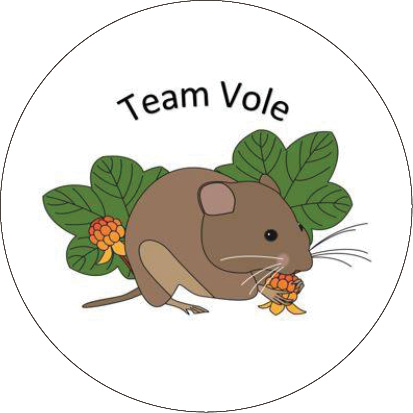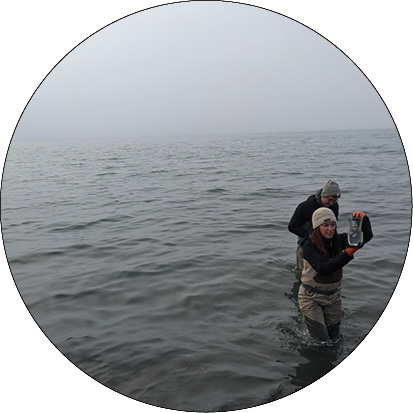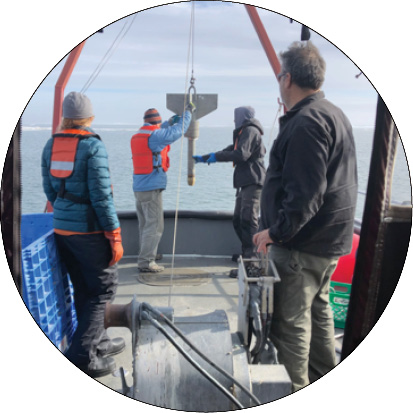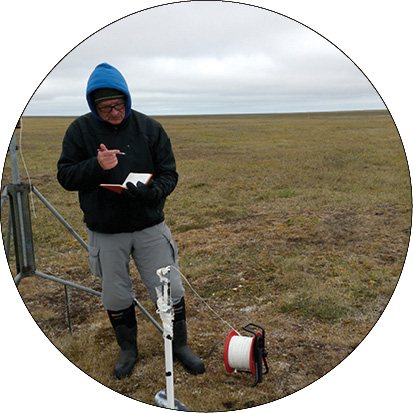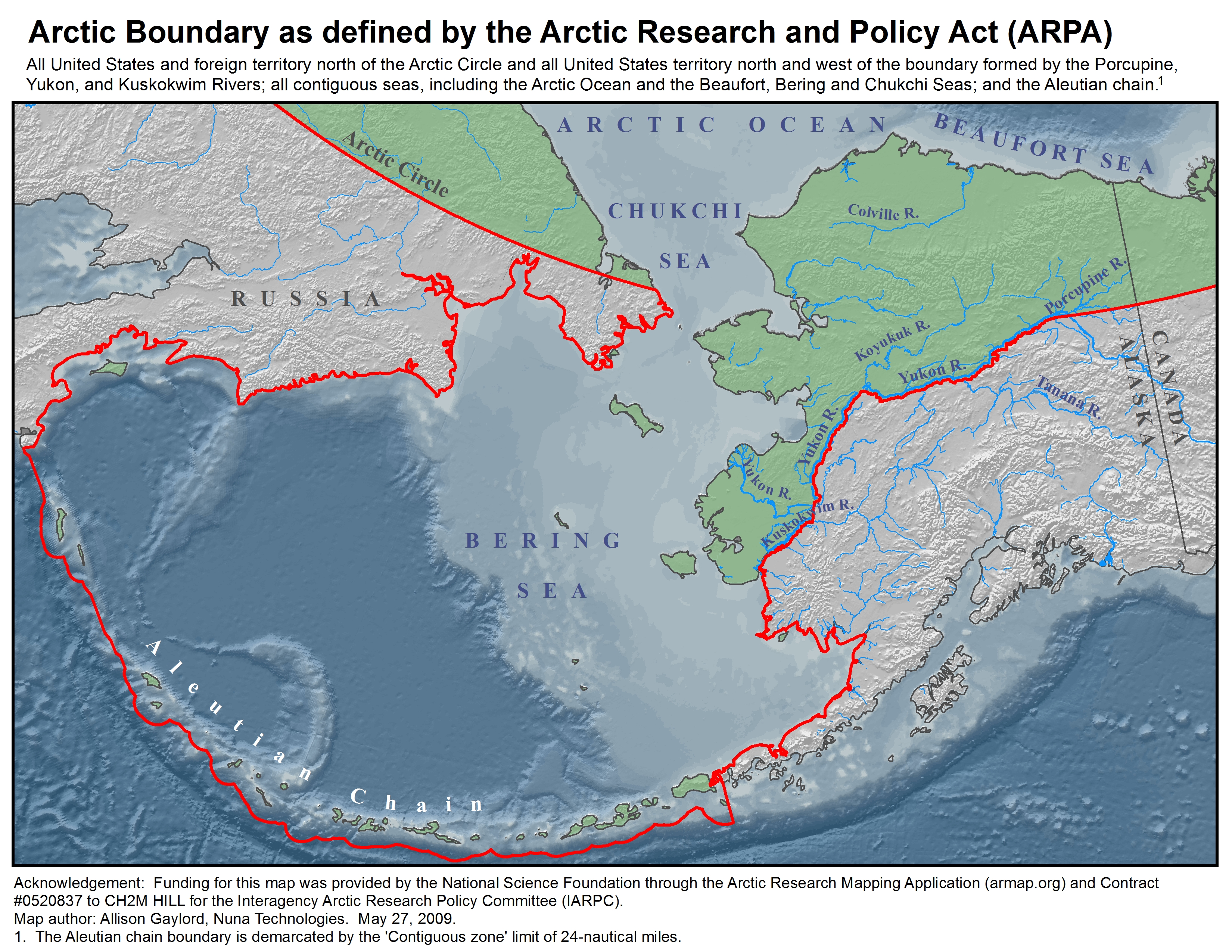Researching APUN: Students Investigating Arctic Snow using Multiple Knowledge Bases
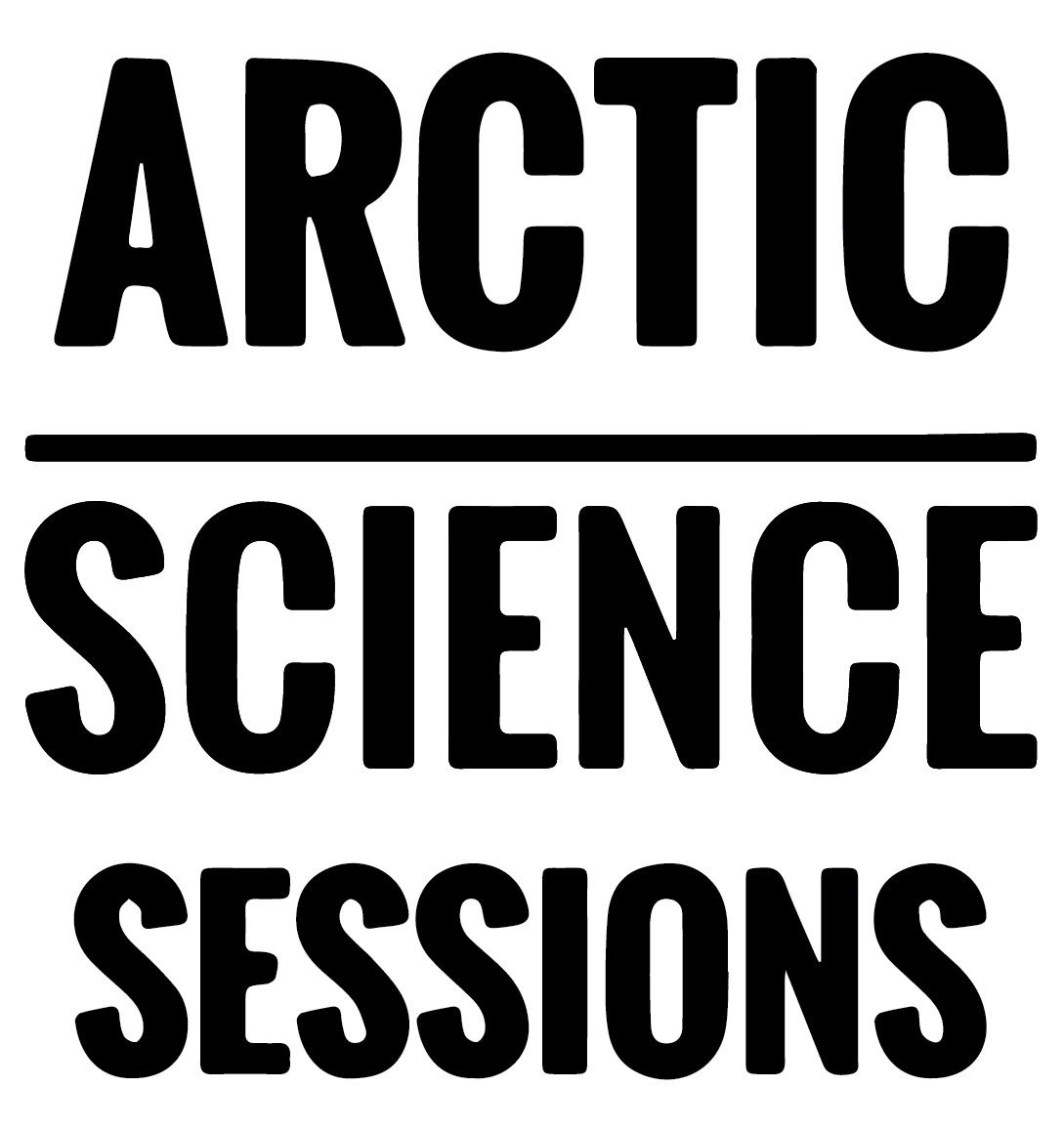
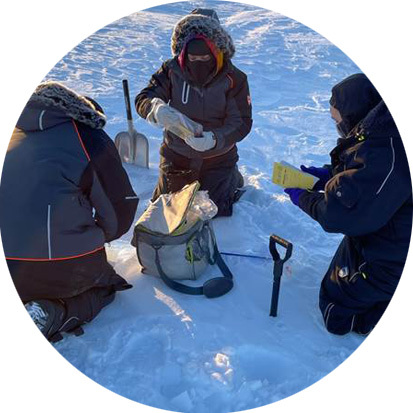
Ginger Shultz - University of Michigan
Joyce Stotts - Ilisaġvik College
Jeffrey Spencer - University of Michigan
Linda Nicolas-Figueroa - Ilisaġvik College
Linda has taught science at Iḷisaġvik College for 12 years and works with students to investigate bacteria in the permafrost. Ginger is Chemistry faculty at the University of Michigan who conducts research on teaching and learning in science. Joyce is a student at the college who participated in the activities and does research with Linda. Jeff is a Ph.D. candidate at the University of Michigan whose dissertation project is focused on capturing the collaborative efforts of the group. In this podcast, Linda, Ginger, Joyce, and Jeff share how they collaborated to engage Iḷisaġvik students in investigations about snow around Utqiaġvik using local and Traditional knowledge together with western science practices.

